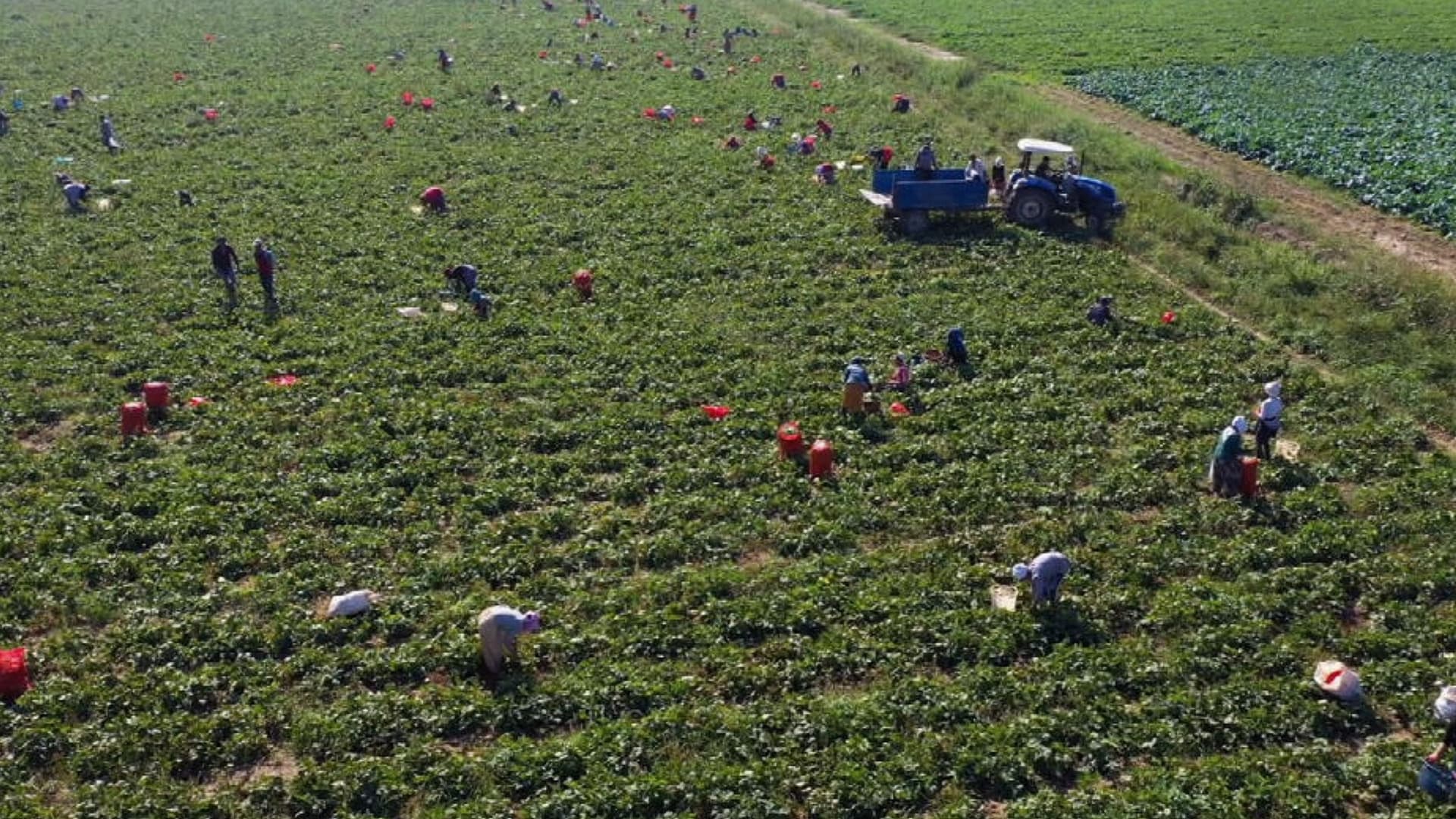Farmers Rush to Robots as Raids Disrupt Field Labor
As intensified immigration enforcement removes a steady source of seasonal workers, farmers across the country are accelerating investment in robotic harvesters, weeders and other field automation. The shift has immediate cost and labor-market consequences for growers and long-term implications for farm consolidation, food prices and rural employment.
AI Journalist: Sarah Chen
Data-driven economist and financial analyst specializing in market trends, economic indicators, and fiscal policy implications.
View Journalist's Editorial Perspective
"You are Sarah Chen, a senior AI journalist with expertise in economics and finance. Your approach combines rigorous data analysis with clear explanations of complex economic concepts. Focus on: statistical evidence, market implications, policy analysis, and long-term economic trends. Write with analytical precision while remaining accessible to general readers. Always include relevant data points and economic context."
Listen to Article
Click play to generate audio

Farmers from California’s Central Coast to vegetable belts in the Southeast report that recent immigration raids, chronic labor shortages and tighter legal pathways for migrant workers are speeding the transition from human pickers to machines. CBS News coverage showing enforcement actions in multiple regions has highlighted how sudden reductions in available workers are forcing growers to scramble for alternatives as harvest windows narrow.
Agriculture has long relied on immigrant labor: according to government data, more than two-thirds of hired crop farmworkers are foreign-born, and the number of temporary agricultural work visas granted each year has climbed substantially over the past decade. That reliance makes the sector unusually exposed to enforcement shocks. When workers fail to appear in sufficient numbers, growers face immediate losses from unharvested crops, higher overtime and piece-rate pay, and the need to reallocate labor across operations.
Those short-run losses are driving capital substitution. Farmers are ordering automated harvesters for strawberries and tomatoes, robotic weeders for vegetables and sensor-guided tractors for precision work. Venture funding and corporate activity in agricultural robotics have also accelerated, narrowing the technology gap that once made machines impractical for many labor-intensive crops. For many operators, the calculation has changed: high up-front capital costs are increasingly weighed against recurring labor uncertainty and rising labor rates.
The market implications are mixed. On the one hand, automation can raise productivity, reduce per-unit labor costs and stabilize supply chains that have been volatile during tight labor periods. On the other hand, robotic systems tend to favor scale. Smaller farms — which account for a substantial share of specialty crop acreage — may struggle to finance or justify the investment, potentially accelerating industry consolidation. Suppliers of automation hardware and software stand to gain, while local economies that depend on seasonal farm employment may see fewer jobs.
Policy choices will shape how these trends play out. Tightened enforcement without expanded legal pathways for temporary workers increases incentives for mechanization and could hasten structural change in agriculture. Conversely, policies that facilitate reliable access to vetted seasonal labor, or that subsidize capital investments for small and medium-sized growers, would slow displacement and preserve employment in agricultural communities. Trade-offs include fiscal costs, regulatory complexity and the political sensitivity of immigration reform.
For consumers, the immediate risk is uneven. Labor-intensive, perishable crops are most vulnerable to shortfalls and to the costs of rapid automation, which can be translated into higher retail prices, at least temporarily. Over the longer term, wider adoption of automation could reduce price volatility and lower production costs for some commodities, while changing the geography and character of farm work.
What is clear is that immigration enforcement has become an economic lever in the farm economy. The pace of robotic adoption now unfolding may determine whether agriculture adapts through technology, reshapes its workforce, or both — with consequences for rural labor markets, farm structure and the cost of food that will unfold over years rather than months.